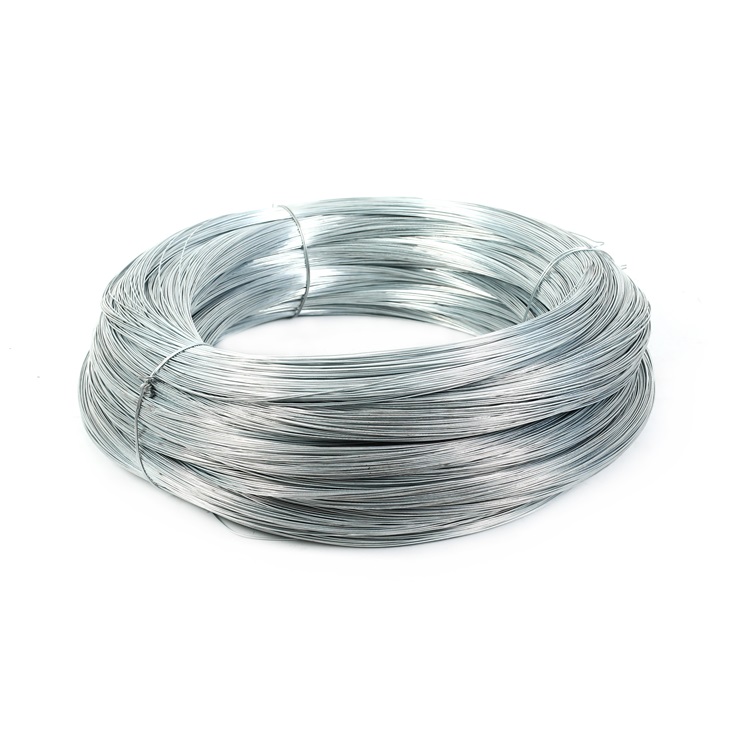Guidelines for Selecting and Installing Anchor Bolts in Construction Projects
Understanding the Specifications of Anchor Bolts
Anchor bolts are critical components in construction and engineering, providing essential support and stability for various structures. They are designed to anchor structural elements to concrete, ensuring that buildings, bridges, and other infrastructures can withstand load demands and environmental factors. Understanding their specifications is crucial for ensuring their effectiveness and safety in an application.
Types of Anchor Bolts
Anchor bolts come in various types, including bent, straight, and adhesive anchors. Bent anchor bolts typically have a hook at one end, allowing for easy attachment to structural steel. Straight anchor bolts are often embedded directly into the concrete and can be installed before or after concrete curing. Adhesive anchors utilize chemical adhesives to bond bolts into drilled holes, providing flexibility in installation. The choice of anchor bolt type depends largely on the specific requirements of the project and the loads they will bear.
Material Specifications
Anchor bolts are commonly made from steel, stainless steel, or other materials. The choice of material significantly impacts the bolt’s performance and longevity. For example, carbon steel bolts are widely used due to their high strength and cost-effectiveness; however, they may be vulnerable to corrosion if not properly protected. Stainless steel offers excellent corrosion resistance, making it suitable for harsh environments, but it generally comes at a higher cost. In some cases, anchor bolts may undergo surface treatments like galvanization or coatings to enhance their durability.
Size and Dimensions
specifications of anchor bolts

The specifications for anchor bolts include key dimensions such as diameter, length, and embedment depth. The diameter of the bolt affects its load-bearing capacity; thicker bolts can carry heavier loads. Length requirements can vary based on the thickness of the concrete and the application, while embedment depth is crucial for ensuring adequate anchorage. For instance, structural guidelines often specify minimum depths to prevent failure under shear or tensile loads.
Load Capacity and Design Considerations
The load capacity of anchor bolts is a crucial aspect of their specifications. These bolts must be designed to withstand both static and dynamic loads. Engineers typically follow guidelines from organizations such as the American Concrete Institute (ACI) and the American Institute of Steel Construction (AISC) to determine the required load capacities based on factors like the type of structure, anticipated loads, and environmental conditions. Proper design considerations ensure that anchor bolts can handle these loads safely without failure.
Installation Guidelines
Installation practices are equally vital in ensuring the performance of anchor bolts. Proper positioning, alignment, and torque specifications are essential for achieving the desired load capacity. The concrete should be adequately cured before the installation of anchor bolts, and care must be taken to ensure that no contaminants interfere with the bonding process in adhesive anchors. Following manufacturer guidelines and engineering specifications during installation can significantly enhance the performance and longevity of the anchor bolts.
Conclusion
In summary, anchor bolts play a vital role in the stability and safety of structures across various industries. Understanding their specifications—ranging from types and materials to size, load capacities, and installation practices—is essential for engineers and construction professionals. By adhering to the required guidelines and specifications, the structural integrity of buildings and other constructions can be ensured, contributing to safer and more reliable infrastructure.
-
The Durability and Versatility of Steel Wire
NewsJun.26,2025
-
The Best Iron Nails for Your Construction Projects
NewsJun.26,2025
-
Strengthen Your Projects with Durable Metal Stakes
NewsJun.26,2025
-
Get the Job Done Right with Duplex Nails
NewsJun.26,2025
-
Explore the Versatility and Strength of Metal Mesh
NewsJun.26,2025
-
Enhance Your Security with Razor Wire
NewsJun.26,2025














